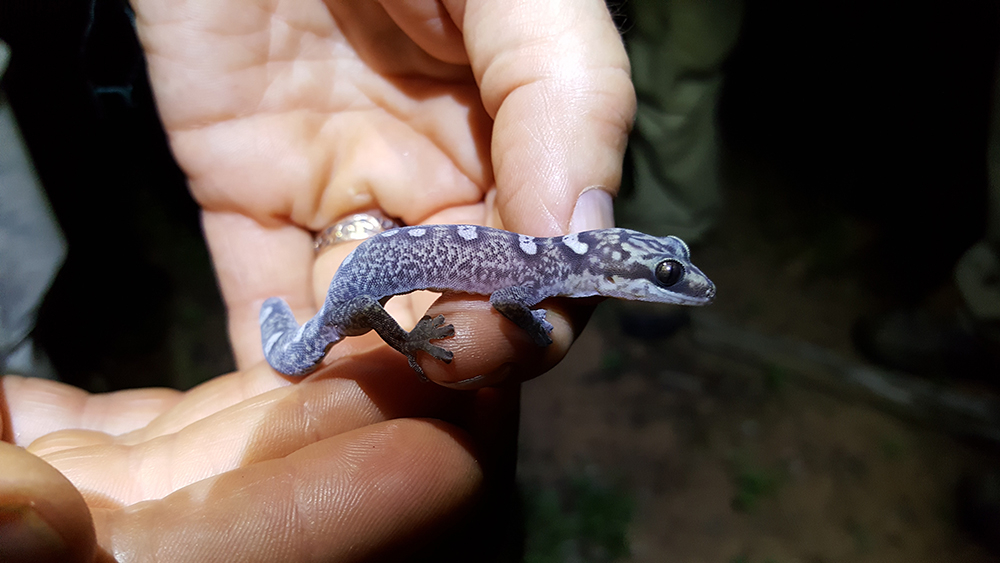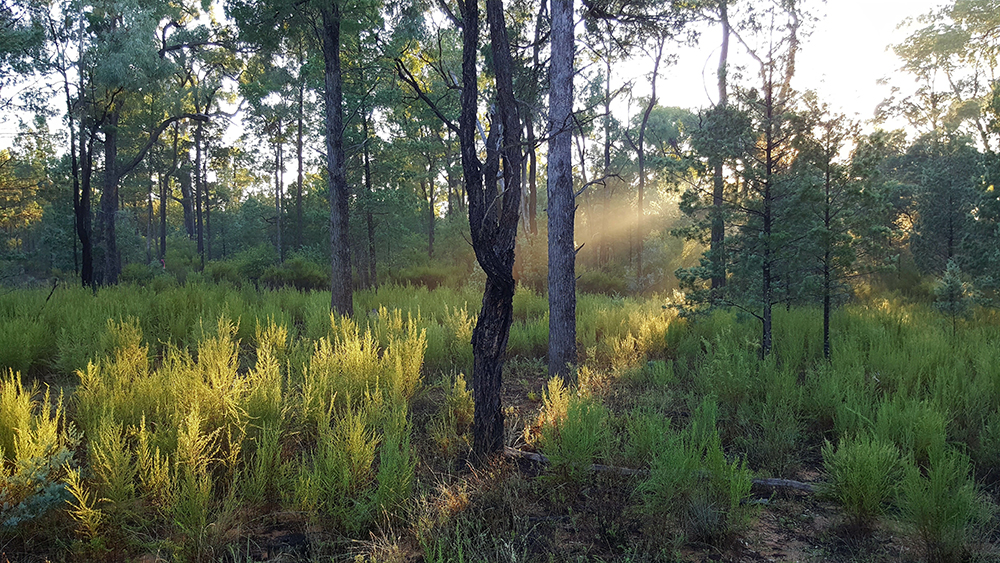
Does thinning cypress regrowth benefit biodiversity?
Throughout 2015-18, the DPI Forest Science Unit undertook a major project in the central-western NSW Pilliga forests that considered the effects of thinning on biodiversity in dense cypress pine regrowth forest.
Although silvicultural thinning is a common technique for Australian forest management, few studies have assessed the effects on a broad range of biodiversity.
The Pilliga boasts more than 535,000 hectares in size, representing the largest inland woodland in Australia, and comprising of many State forests and conservation areas.
Biodiversity surveys of previously thinned areas and an experimental trial was established to measure the response of biodiversity. Pre-thinning and post-thinning biodiversity and habitat surveys were completed at trial sites and also undisturbed reference sites.


During the project, DPI recorded more than 230 taxa, including bats, birds, insects, reptiles, non-volant mammals and plants.
The project yielded very promising results for biodiversity, finding an overall positive relationship between the practice of thinning dense white cypress pine trees and many forest species.
The research concluded that thinning in cypress pine restores habitat, as it can accelerate the development of many, though not all, habitat values. Flora and fauna responses were positive or neutral for each group, and when combined into a composite biodiversity index, the overall effects were positive.
The extensive surveys revealed that habitat values, particularly the volume of coarse woody debris used for shelter by animals was positively associated with thinning.
Achieving sustainable forest management requires balancing production with biodiversity conservation. The research also suggested that land managers should consider applying thinning at patch-scales rather than broad landscape scales.
Unthinned forest regrowth contributes to the mosaic of forest structure, especially as it represented habitat of similar value to thinned forest for some taxa. This highlights the importance of managing an assortment or patchwork of forest structure that will be suitable for a diverse suite of flora and fauna.
The study found that the main negative outcome of thinning was the loss of small dead trees, which provide hollows for insectivorous bats and reptiles in the forest. As such, DPI recommends retaining these key structures, in unthinned clumps or patches, during thinning operations.
The ‘Does thinning cypress regrowth benefit biodiversity?’ project was led by the NSW Department of Primary Industries and funded by the NSW Environmental Trust and supported by Forestry Corporation of NSW. A number of papers are awaiting publication in peer-reviewed scientific journals.
The Forest Science Unit has a number of other ongoing forest thinning research projects, including:
- Early thinning in River Red Gums on the Murray River
- Thinning of regrowth in coastal forests
- Mechanical fuel reduction thinning trial at Wauchope
Downloads
- Does thinning regrowth restore habitat for biodiversity? (PDF, 5971.72 KB)
- First Paper published from study: The effect of thinning on structural attributes of a low rainfall forest in Eastern Australia (www.sciencedirect.com)
- Journal article: Ecological outcomes for multiple taxa from silvicultural thinning of regrowth forest (www.sciencedirect.com)
- Journal article: Radiotracking bats and cypress thinning

